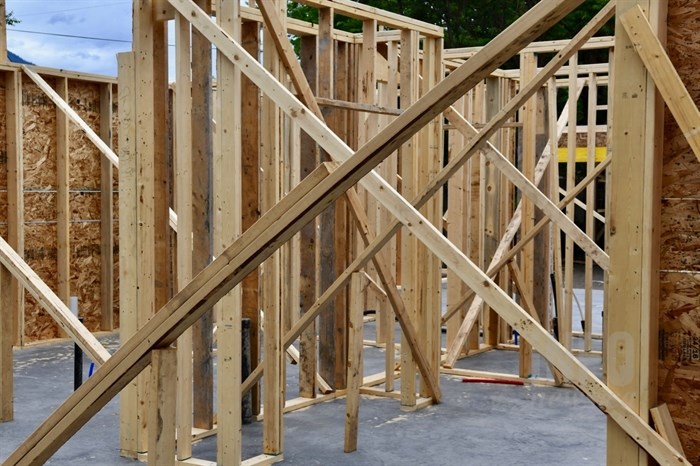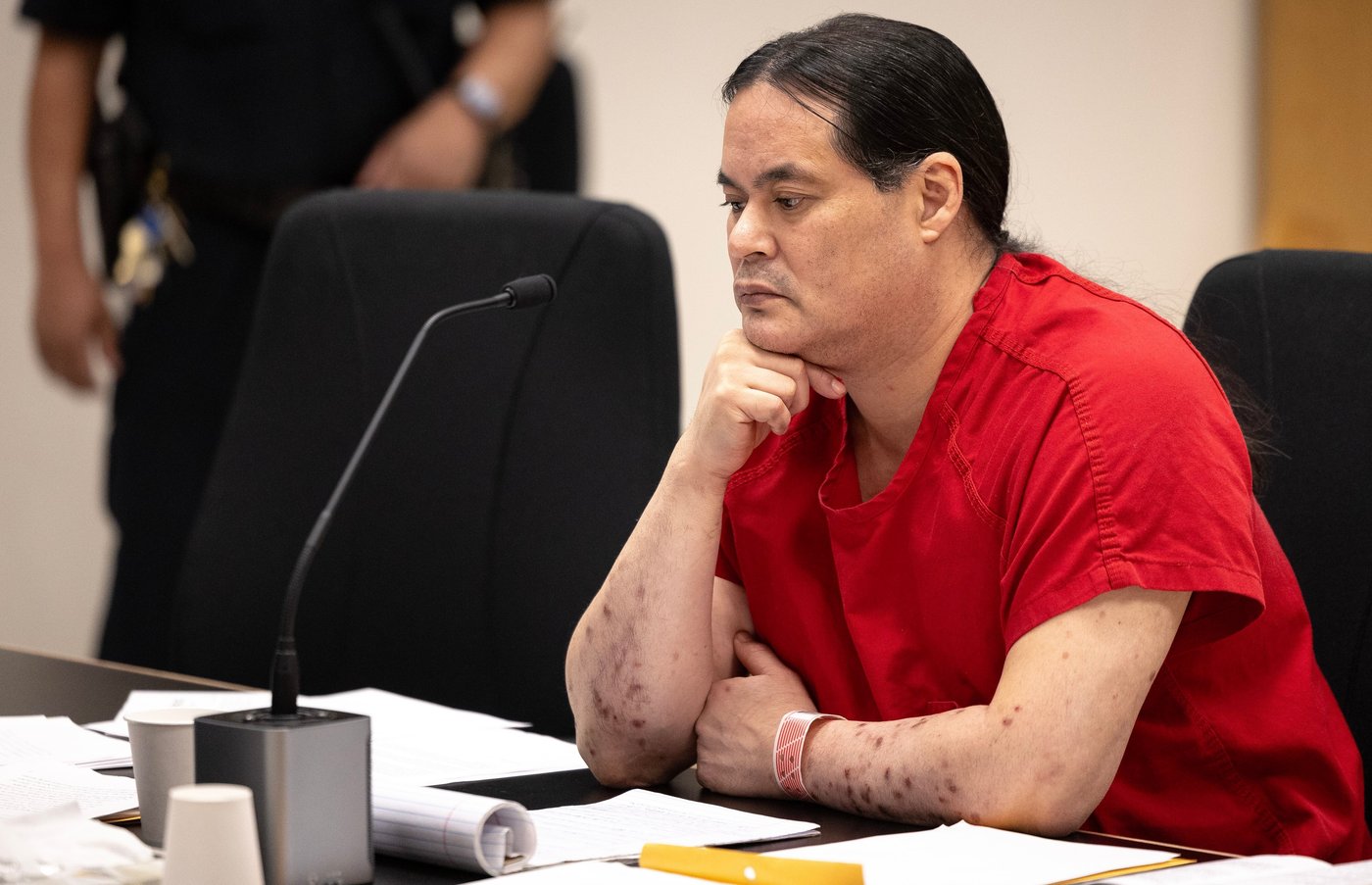Pace of housing construction needs to triple in Thompson-Okanagan
Canada is facing a crisis in housing supply and, consequently, affordability, according to the Canada Mortgage and Housing Corporation.
And the Thompson-Okanagan region is already lagging in housing construction compared to B.C. as a whole.
“There must be a drastic transformation of the housing sector, including government policies and processes,” the housing corporation says in a report released June 23. “Canada’s approach to housing supply needs to be rethought and done differently.”
The report, called “Canada’s Housing Supply Shortages: Estimating what is needed to solve Canada’s housing affordability crisis by 2030” focuses on the national and provincial picture but will break the data down further by major metropolitan areas in the future.
It says, at the current pace of housing construction, Canada will add about two million new homes by 2030 but will need much more if there’s going to be any kind of return to affordability.
“The last time housing was affordable was 2003 and 2004,” the report says. “Three and a half million housing units — beyond current projections — will be required by 2030 to return to affordability to levels last seen in 2003 and 2004.”
Back then, an average B.C. household needed to spend 40% of its disposable income to afford financing the average house.
That now takes 58% of disposable income.
Out of the 3.5 million additional homes, 16% (570,000) will be needed in B.C., the report says.
That’s in addition to the province’s share of the two million expected under existing building rates, or another 320,000 for a total of almost 900,000 new homes needed. That works out to about 100,000 per year.
A recent release by the Chartered Professional Accountants of B.C. said there were 39,163 housing completions in B.C. in 2021. That’s well short of what is needed to return to affordability by the housing corporation’s standards.
The accountant’s report, based on B.C. Stats estimates, says the population of the Thompson-Okanagan reached 619,894 residents as of July 1, 2021, which is just over 12% of the provincial population.
But, only 3,697 housing units were completed in the region in 2021, or 9.4% of the provincial total.
Projecting that rate of construction through to 2030 would see 33,273 new homes built. Yet, the region’s share of the provincial total need is 108,000, more than three times the current construction rate.
And that doesn’t take into account the fact that the Thompson-Okanagan is the fastest growing region in the province.
READ MORE: Thompson-Okanagan fastest growing region of B.C.
So, other than a rethink of Canada’s approach to housing, what’s to be done?
The Canada Mortgage and Housing Report doesn’t go into details, those will come later, but does have some suggestions.
“The federal government cannot achieve affordability for everyone in Canada on its own,” the report says. “We need partners. The private sector will be critical in addressing this supply shortfall.”
That doesn’t mean the federal government can’t do more. Its National Housing Strategy is investing more than $72 billion over the next 10 years but, the housing report says, that will only add 100,000 more units.
“This is a start, but we still face a big challenge,” the report says, noting that government can do more to streamline the approval process for developers.
The housing corporation also doesn’t let the home builders off the hook.
“Developers must become more productive and make full use of land holdings to build more housing,” the report says.
To contact a reporter for this story, email Rob Munro or call 250-808-0143 or email the editor. You can also submit photos, videos or news tips to the newsroom and be entered to win a monthly prize draw.
We welcome your comments and opinions on our stories but play nice. We won't censor or delete comments unless they contain off-topic statements or links, unnecessary vulgarity, false facts, spam or obviously fake profiles. If you have any concerns about what you see in comments, email the editor in the link above.




